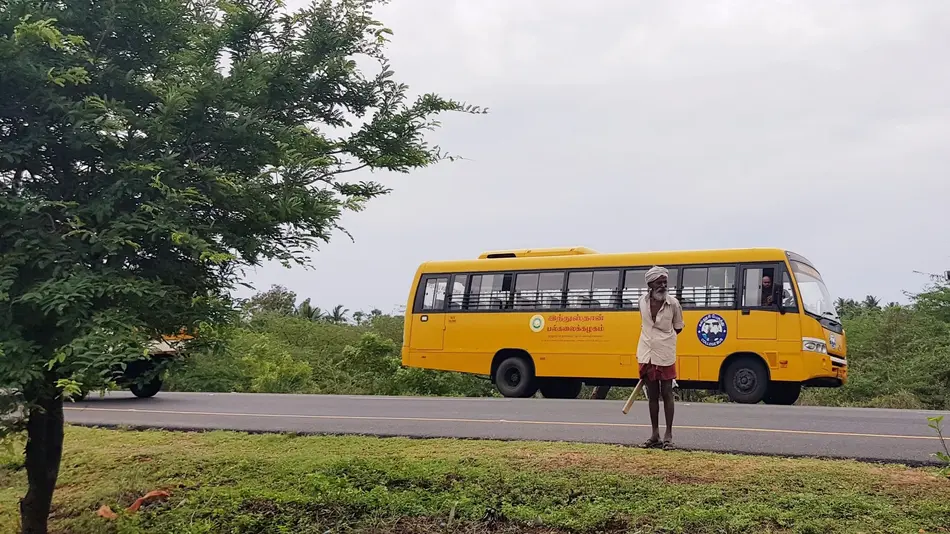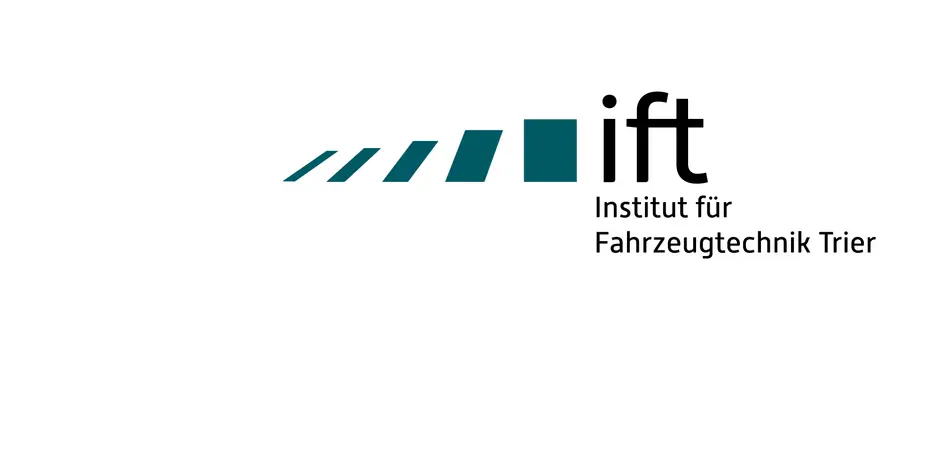

A two-lane road in India, the dilapidated asphalt is littered with potholes. A group of cows relaxes in the middle of the lane. All around, bustle. Seemingly without structure, a large number of honking scooters and motorcycles, tuk-tuks, cars and colorful trucks wind their way through the city.
With a population of 1.35 billion the South Asian Republic of India is a rapidly growing economy with many contrasts. It is both at the same: An extremely progressive state with the world's leading high-tech companies on the one hand, on the other hand a backward developing country. Concepts for future-oriented mobility are urgently needed here, especially since only half of the 3.3 million road kilometers are asphalted and yet often in a catastrophic condition. This infrastructure in combination with traffic offences leads to the fact, that 10% of the 1.3 million road fatalities worldwide come from India.
In cooperation with our partner university "Hindustan Institute of Technology and Science" in Chennai, Indian and German students in the fields of automotive engineering and civil engineering are working on this topic.
In order to understand the traffic problems and to develop solutions, we take a look at the local situation as part of regular excursions. The investigation includes typical intersections, accident accumulation points, but also the analysis of Indian driving style, for example, when it comes to changing lanes, safety distances, interaction and driving speed.
The goal is clear: road safety and the traffic flow have to be improved significantly. In line with Vision Zero, we are working on concepts that should bring us closer to this goal.
By the way, our students get to know different cultures and train a very important tool for their later profession - the English language. And since we are funded by the DAAD in this project, our students can participate in its excursions and projects without any financial expense.
Are you interested? Please feel free to contact us!
You are leaving the official website of Trier University of Applied Sciences